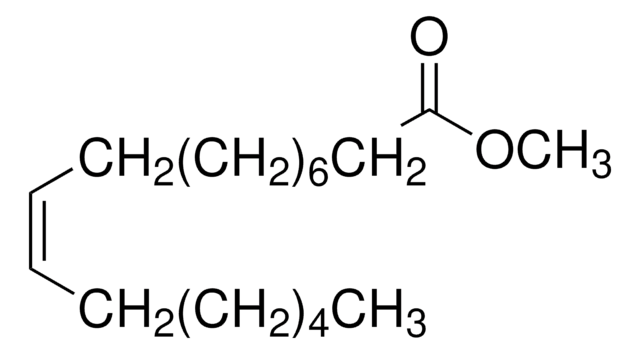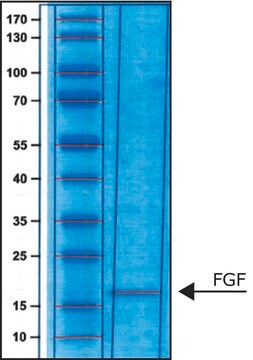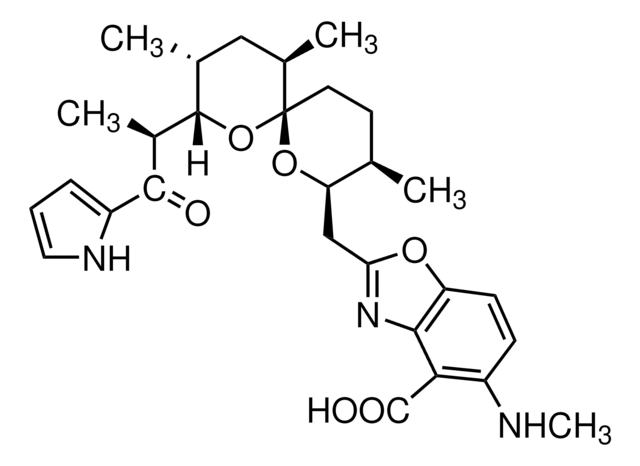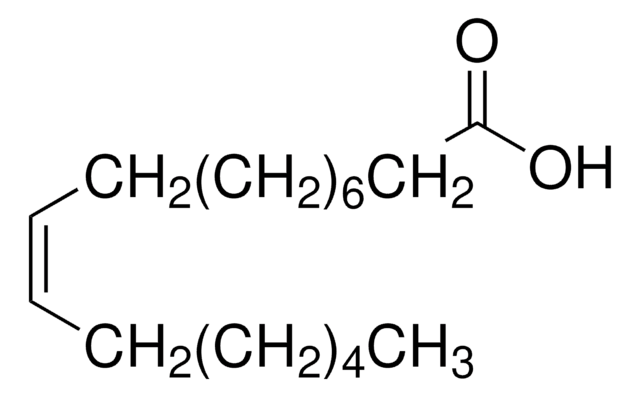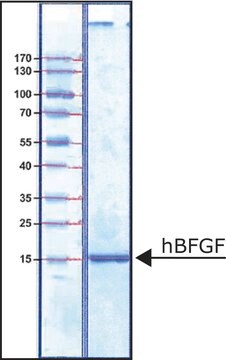F6926
Fibroblast Growth Factor-8b from mouse
>97% (SDS-PAGE), recombinant, expressed in E. coli, lyophilized powder
Synonym(s):
FGF-8b
Sign Into View Organizational & Contract Pricing
All Photos(1)
About This Item
Recommended Products
biological source
mouse
Quality Level
recombinant
expressed in E. coli
Assay
>97% (SDS-PAGE)
form
lyophilized powder
potency
15-60 ng/mL
mol wt
calculated mol wt 23.6 kDa
predicted mol wt 22 kDa
packaging
pkg of 25 μg
storage condition
avoid repeated freeze/thaw cycles
impurities
endotoxin, tested
UniProt accession no.
storage temp.
−20°C
Gene Information
mouse ... Fgf8(14179)
General description
Fibroblast growth factor 8 (FGF8) is a member of the FGF family, and was initially cloned from androgen-dependent mouse mammary carcinoma cell line. Alternative splicing of this gene produces four different isoforms mainly, FGF8a, FGF8b, FGF8e and FGF8f.
Application
Fibroblast Growth Factor-8b from mouse has been used-
- for subgerminal cavity injection in fertilized quail, chicken, turtle and emu eggs
- in the induction of neural differentiation in stem cells from Human Exfoliated Deciduous teeth (SHED) and
- in experiments conducted on fertilized hens′ eggs, where FGF8 induced SOX3 gene.
Biochem/physiol Actions
FGF-8b is involved in ectodermal differentiation in the post-gastrulation embryo, including outgrowth and patterning of the face, limbs, and central nervous system. FGF-8b activates the "c" splice form of FGFR-2, FGFR-3, and FGFR-4.
Fibroblast growth factor 8b (FGF8b) isoform of FGF8 has the most potent angiogenic and tumorigenic properties. In prostate cancer, it is responsible for angiogenesis, tumorigenesis and invasion. Exogenous expression of this gene in prostate epithelium leads to prostatic intraepithelial neoplasia (PIN). It also interacts with pattern recognition receptor long pentraxin-3 (PTX3), which is involved in local inflammation.
Physical form
Lyophilized from a 0.2μm filtered solution in 20mM MOPS, 0.1M sodium sulfate, 0.02% Brij-35, pH 7 containing 50ug of BSA per 1μg as a carrier protein
Analysis Note
The biological activity is measured by its ability to stimulate proliferation of NR6R-3T3 fibroblasts.
Signal Word
Warning
Hazard Statements
Precautionary Statements
Hazard Classifications
Eye Irrit. 2 - Skin Irrit. 2
Storage Class Code
11 - Combustible Solids
WGK
WGK 3
Flash Point(F)
Not applicable
Flash Point(C)
Not applicable
Personal Protective Equipment
dust mask type N95 (US), Eyeshields, Gloves
Choose from one of the most recent versions:
Already Own This Product?
Find documentation for the products that you have recently purchased in the Document Library.
Claudia Linker et al.
Development (Cambridge, England), 131(22), 5671-5681 (2004-10-29)
A dominant molecular explanation for neural induction is the 'default model', which proposes that the ectoderm is pre-programmed towards a neural fate, but is normally inhibited by endogenous BMPs. Although there is strong evidence favouring this in Xenopus, data from
Hyung Chul Lee et al.
Development genes and evolution, 232(5-6), 115-123 (2022-09-24)
During primitive streak formation in the chick embryo, cells undergo mesendoderm specification and convergent extension at the same time and in the same cells. Previous work has implicated cVG1 (GDF3) as a key factor for induction of primitive streak identity
Cantas Alev et al.
Development (Cambridge, England), 140(13), 2691-2696 (2013-05-24)
Mesoderm is formed during gastrulation. This process takes place at the blastopore in lower vertebrates and in the primitive streak (streak) in amniotes. The evolutionary relationship between the blastopore and the streak is unresolved, and the morphogenetic and molecular changes
Abolghasem Esmaeili et al.
Avicenna journal of medical biotechnology, 6(1), 21-26 (2014-02-20)
Stem cells from Human Exfoliated Deciduous teeth (SHED) have the capability to differentiate into neural cells. Neurotrophins including Nerve Growth Factor (NGF), Brain-Derived Neurotrophic Factor (BDNF), neurotrophin-3 (NT-3), and neurotrophin-4 (NT-4) have neurogenesis, neurotrophic, or neuroprotective effects and are expressed
Arianna Giacomini et al.
Oncotarget, 6(15), 13790-13802 (2015-04-29)
Fibroblast growth factor-8b (FGF8b) affects the epithelial/stromal compartments of steroid hormone-regulated tumors by exerting an autocrine activity on cancer cells and a paracrine pro-angiogenic function, thus contributing to tumor progression. The FGF8b/FGF receptor (FGFR) system may therefore represent a target
Articles
Fibroblast growth factors in cell culture and various growth factors for your research
Our team of scientists has experience in all areas of research including Life Science, Material Science, Chemical Synthesis, Chromatography, Analytical and many others.
Contact Technical Service